Although, upon closer look, the pandemic has merely intensified developments that were already transforming the international system. This is an important distinction as returning to the previous international economic system after the pandemic is seemingly not feasible.For the past decades, a neoliberal format for globalisation has defined the international economic system. Increased market efficiency made supply chains continuously longer and more complex. However, a changing international distribution of power, technological innovations, and social fragmentation was already incentivising the dismantlement of supply chains and renationalising the economy. The pandemic is augmenting this trend by weakening the relative power of the US, incentivising the implementation of new digital technologies such as artificial intelligence and robotics, and causing further socio-economic divide within societies based on adaptability.
A New International Distribution of Power
A liberal international economic system only manifest itself under a hegemon. Both Britain in the 19th century and the US in the 20th relied on state intervention in the economy to establish dominance in all three main levers of geoeconomic power: strategic industries, transportation corridors, and financial instruments. The concentration of economic power creates systemic incentives for the hegemon to liberalise the international economic system to cement asymmetrical interdependence that define core-periphery relations. Under a skewed “balance of dependence”, interdependence enables the maximisation of both autonomy and influence.
Liberal economics cements the international leadership of the hegemon’s strategic industries by saturating foreign markets as mature industries (high quality, low price) prevents the development of infant industries (low quality, high price) in competing states. David Riccardo argued that an international division of labour based on comparative advantage determines that “corn shall be grown in America and Poland, and that hardware and other goods shall be manufactured in England” (Ricardo 1821: 139). Laissez-faire economics also augments the value of dominating the seas as conditions can be set for reliable access to transportation corridors. Last, the financial instruments of the hegemon defines the liberal international system by cementing its position as the banker of the world and internationalise its currency.
Rising powers in the 19th century had systemic incentives to reject liberal economics to avoid excessive dependence on Britain. The US, Germany, France, Russia and others rose to power by developing strategic industries with temporary tariffs and subsidies, asserting control over transportation corridors, and establish financial instruments by mobilising the capital of their middle class.
The same liberal economic cycle is currently reaching its end as US hegemony fades. The Cold War provided some stability, as the main adversaries of the geoeconomic hegemon were communist states, while the need for solidarity in the West mitigated tensions between the US and allies such Germany and Japan that were pursuing aggressive industrial policies. After the Cold War, there were immense systemic incentives to embrace neoliberal economics to integrate the former Soviet Union and a rising China into an asymmetrical partnership with the West.
However, China and Russia have become competent in economic statecraft to rewire global value chains and reduce reliance on the US. Strategic industries are supported by the state and a Sino-Russian high-tech partnership is formed to decouple from the US. The China 2025 initiative is evidently more potent in terms of establishing technological leadership in areas such as artificial intelligence, yet Russia is also making advances towards technological sovereignty by developing its digital ecosystem and collaborating with China. China also has more capital to develop transportation corridors with the Belt and Road Initiative, yet Russia is advancing Eurasian East-West and North-South land-bridges and a maritime corridor through the Arctic in cooperation with China. Last, new financial instruments are emerging as Russia and China develop new investment banks, payment systems, trade currencies, and hoard gold.
The economic repercussions of COVID-19 represents a tipping point. Some disruptions to supply chains are caused by immediate security concerns as for example the US aims to repatriate the manufacturing of medical supplies, while Russia temporarily suspended exports of grain and medical equipment. These minor disruptions fuel a greater trend towards renationalising the economy and the digital space.
China appears to emerge from the pandemic stronger, while the US has weakened relative power. The US therefore has incentives to repatriate its supply chains, renationalise industries, and target Chinese companies that challenge the technological leadership its strategic industries. Without a stake in an increasingly unfavourable status quo, the US increases
its protectionism, withdraws from key international institutions, and is increasingly comfortable with using economic coercion against both allies and adversaries. The information war over narratives intensifies as China’s response to COVID-19 is used to mobilise a geoeconomic alliances against China.
The competition over transportation corridors is also intensifying under the pandemic. Case in point, the US is increasing its measures against the Arctic transportation corridor. In May 2020, US warships entered the Barents Sea for the first time since the 1980s and NATO is moving towards a more active role in the high north. The competition for control over the South China Sea is similarly affected by the reduced combat capabilities of the US due to COVID-19 infections within the military.
COVID-19 also fuels the competition over financial instruments. The economic repercussions of COVID-19 are worse than the Global Financial Crisis in 2008-09, a crisis that was only resolved temporarily by adding more debt instead of imposing fiscal discipline. Bailouts and stimulus packages distorts market forces and make the debt levels in the US and the wider West even less sustainable. The diminished willingness to rely on the US dollar as a trade and reserve currency will therefore manifest itself in new innovative fiscal policies spearheaded by Beijing and Moscow.
Both the EU and Russia will need to respond to the unfavourable development of a Chinese-American bipolar distribution of power. Bloc politics is precarious for both the EU and Russia as it undermine the ability to diversify economic connectivity, which creates excessive reliance on a power powerful state. After COVID-19, the Europeans will find themselves more divided between either establishing collective autonomy or retreating under the patronage of a declining US with greater interest in China. Russia will similarly need to intensify its Greater Eurasia Initiative by cooperating with China to reduce reliance on the West, and concurrently enhance economic connectivity with all states on the Eurasian supercontinent to avoid excessive dependence on China.
Domestic Socio-Economic Disintegration
The neoliberal economic system that defined the post-Cold War era has also been unsustainable at the domestic level. The trade agreements organised in the late 1980s and early 1990s enabled the US to cement its comparative advantage in the digital sector by extending intellectual property rights and strengthening implementation. In return, the US opened its manufacturing sector to foreign competition akin to the British repeal of the Corn Laws in 1846 to establish a consent for core-periphery relations.
Predictably, American digital corporations prospered and the manufacturing base was devastated. Creative destruction intensified with digital technologies that shifted economic power from labour to capital. Traditionally, the redistribution of wealth negated rising economic inequality and social disparities. Yet, under neoliberal economics, the state foregoes its ability to balance between market efficiency and social responsibility. The political Left could no longer redistribute wealth and the political Right abdicated the ideological mission of defending traditional values and institutions from unfettered market forces. New political alternatives in the form of populism predictably emerged to fill the vacuum.
COVID-19 amplifies the socio-economic tensions, polarisation, and demand for political alternatives. The quarantine pushed smaller businesses into bankruptcy, while larger corporations such as Amazon with more robust infrastructure and the ability to attract government bailouts absorb their market share. Blue-collar workers and the poorest in society that suffer the most from the pandemic are more likely to oppose the quarantine, while the affluent that are able to withstand the economic crisis and work from home often denounce the poor who do not abide by the newfound powers of the state. Politicians, without the tools to address economic problems, will have incentives to divert focus towards superficial, divisive and often misrepresented social issues and identity politics. The socio-economic disruptions from COVID-19 will likely push polarised societies towards more radical and revolutionary politics.
Conclusion
Predicting the impact of COVID-19 on the international economic system is problematic due to the multitude of unknown variables. For example, if the virus would mutate to become more lethal and spread easier, the entire international economic system could falter. However, the probable outcome is a more rapid dismantlement of neoliberal economics and fragmentation of the international economic system. Technological sovereignty is prioritised, international supply chains are repatriated, transportation corridors become the stages for military rivalry, and the remnants of the financial instruments in the Bretton Woods institutions will be replaced. States will also need to scale back on market efficiency to restore social responsibility as societies unravel.
No Comments For This Post, Be first to write a Comment.


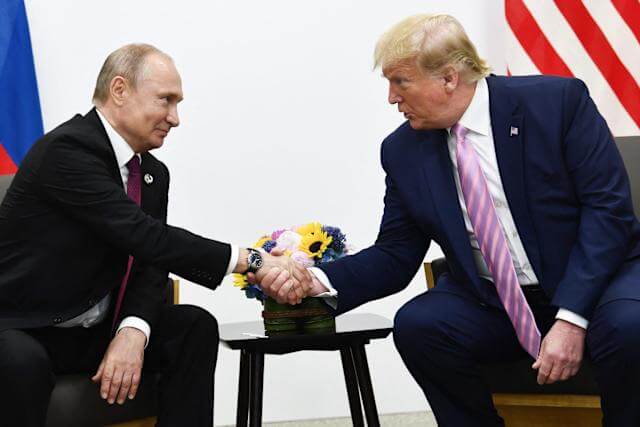
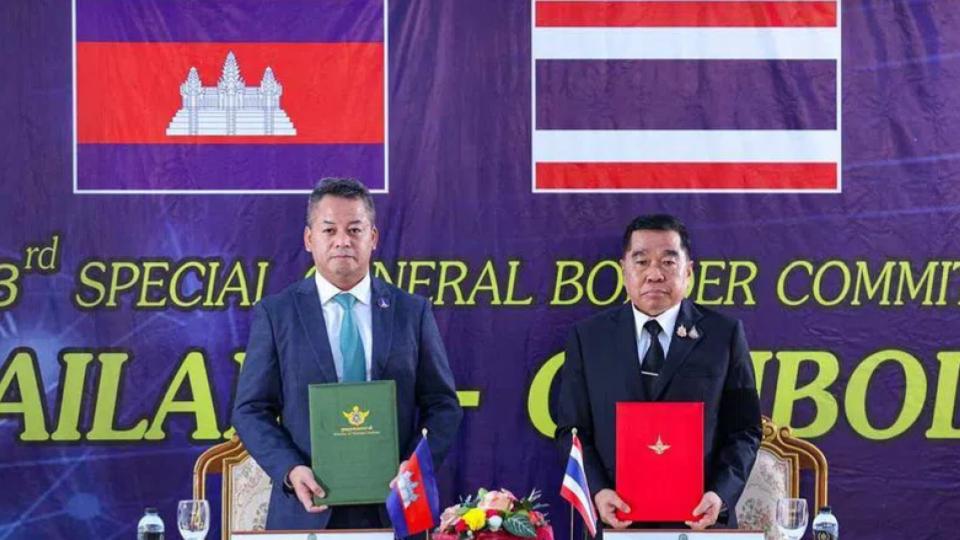









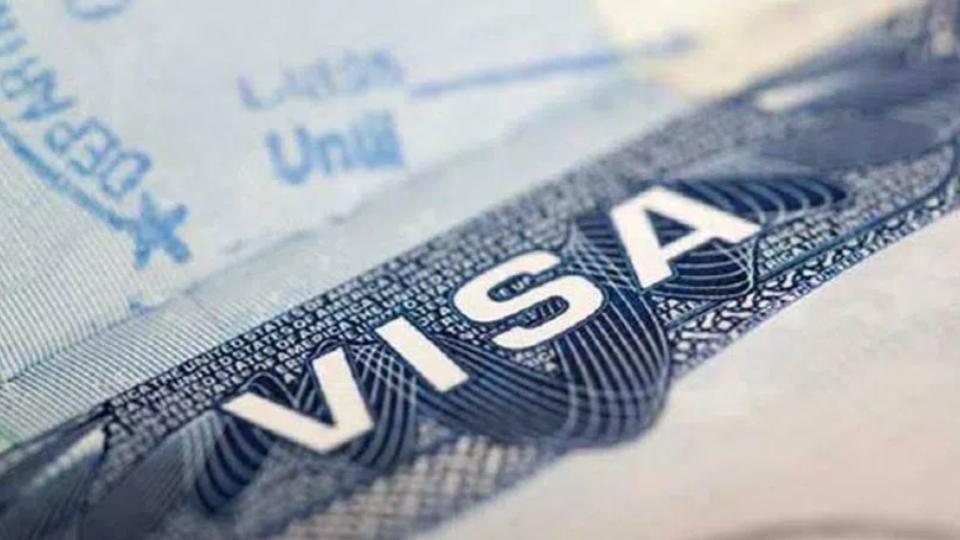



.jpg)





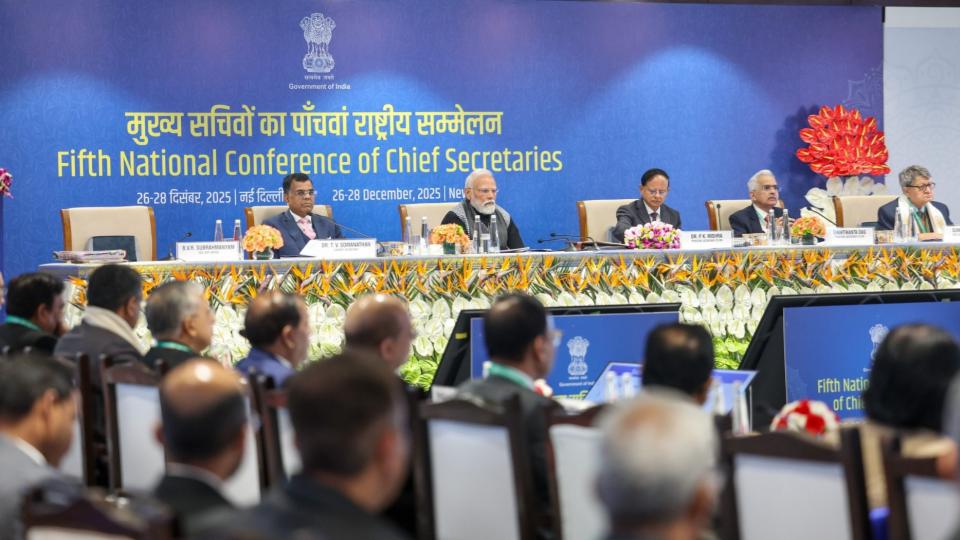



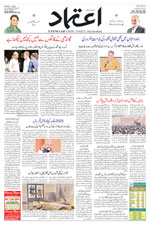






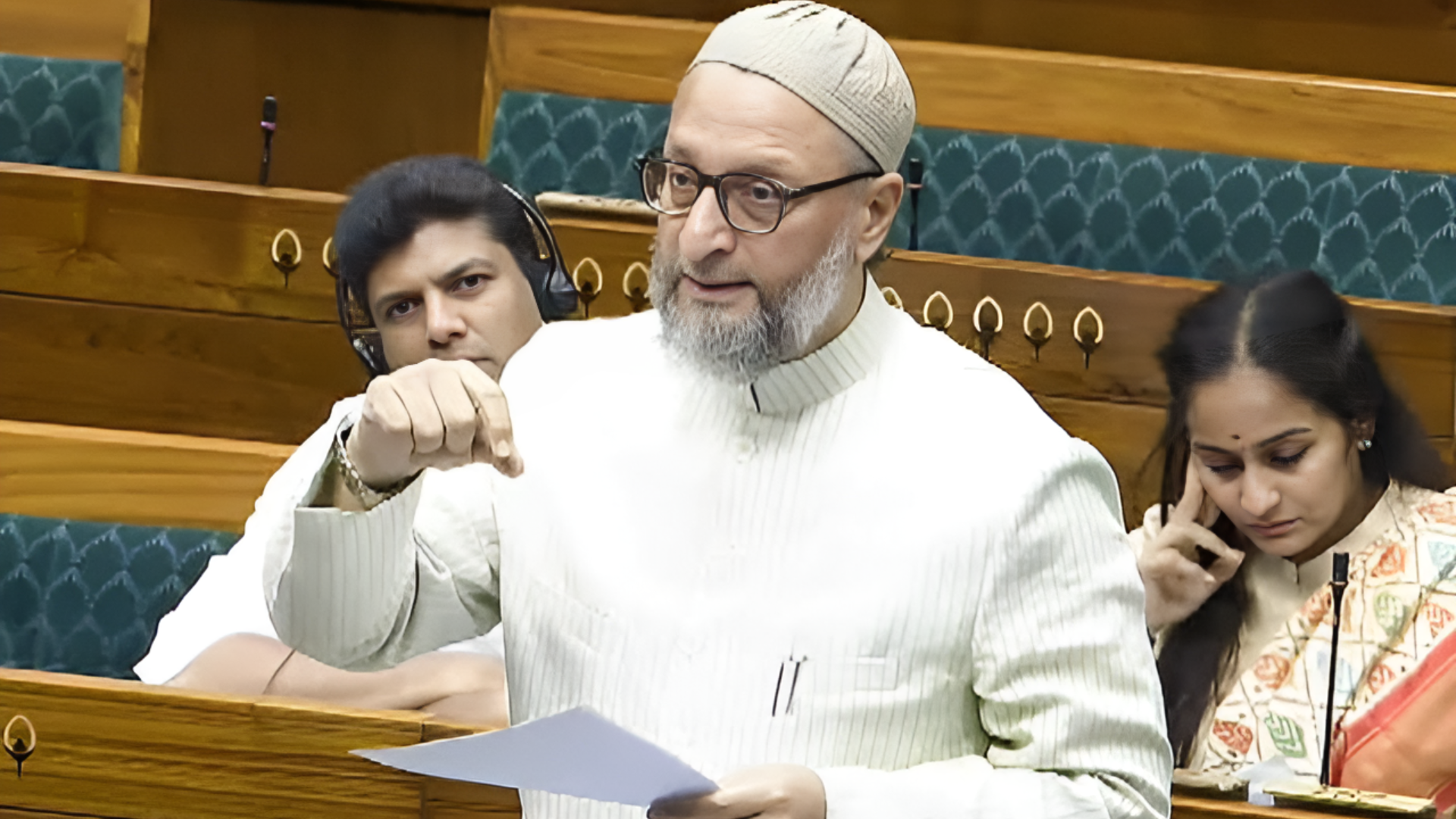



.jpg)
.jpg)
.jpg)


